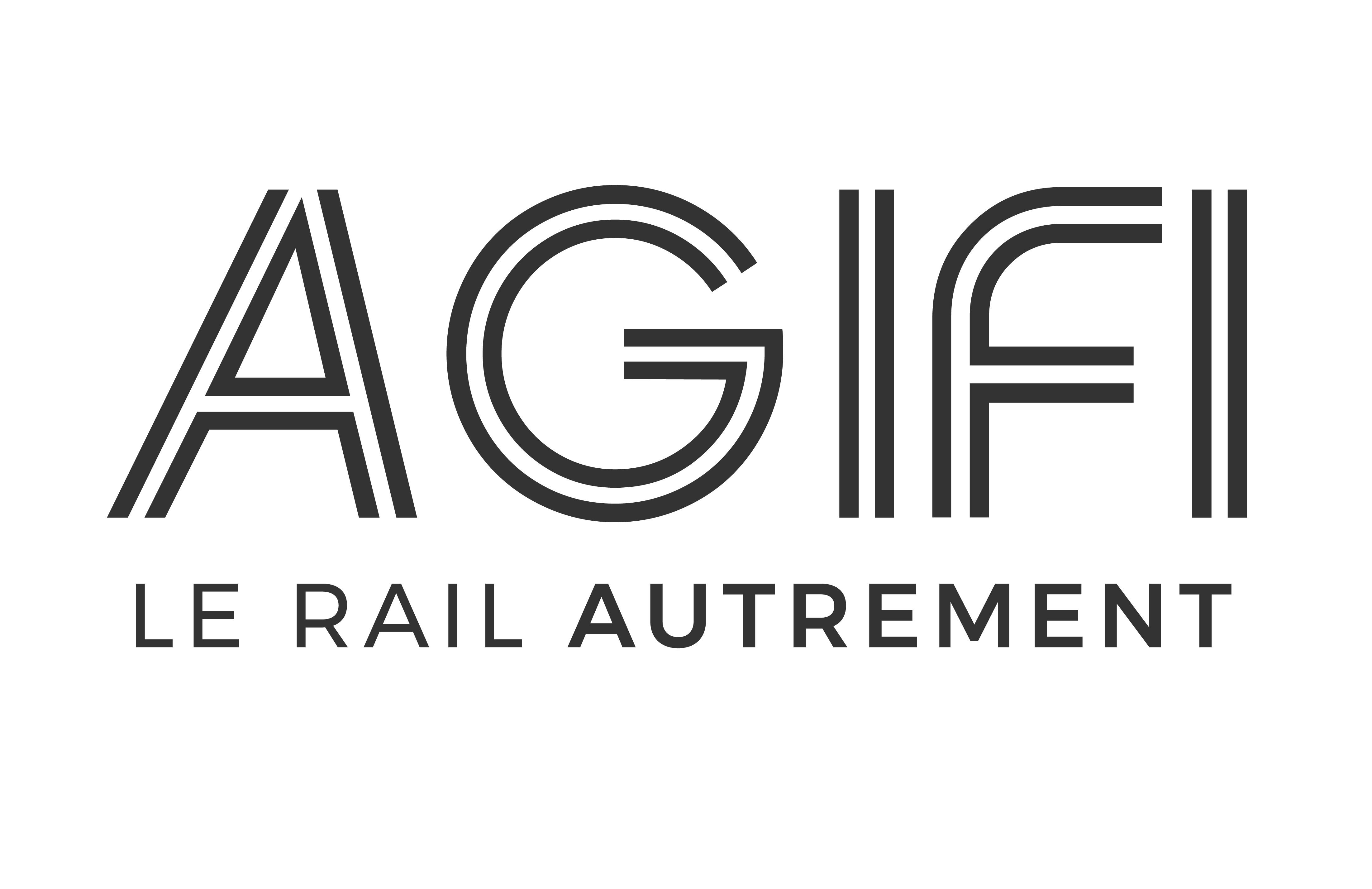Leurs missions
In a concession contract, demand and supply risks are transferred to the private operator. Supply risks concern technical glitches, infrastructure availability, and the service quality the operator provides. Demand risks concern passenger use of the infrastructure. Private operators are responsible for building, maintaining, and operating the line, which involves allocating train paths to railway carriers and managing traffic effectively. AGIFI member LISEA has a concession contract.
Under this model, only the supply risk is transferred to private operators. They receive rent from the public contracting authority, subject to the availability of the infrastructure and compliance with the performance criteria set out in the agreement. Three AGIFI members have partnership agreements: Oc’Via, ERE, and SYNERAIL.
Design, fund, and build complex infrastructure
AGIFI members secure funding and develop innovative financing schemes to build major railway infrastructure projects. They assemble complex financial packages for each project through a combination of equity, bank financing, and public funding. They know how to manage these packages over the long-term and find innovative optimisation mechanisms.
These complex projects took between 5 to 6 years to complete, from the signature of the agreement to delivery under the deadline, and allowed for three new lines to be launched in the same year.
In total, close to 13 billion euros were invested in these projects, half of which came from the private sector.
Maintain equipment
AGIFI members also provide long-term servicing and maintenance of the infrastructure they build. They must meet stringent performance criteria and offer users top-quality infrastructure. Maintaining equipment and infrastructure to the strictest safety and reliability standards while remaining profitable is challenging in technological, economic, and organisational terms.
Maintenance bases are built as close to the lines as possible to facilitate this work. ERE and Oc’Via each have two maintenance bases, while LISEA has four.
Manage operations
AGIFI members with concession contracts are responsible for operating their own line sections. On sections operated by independent infrastructure managers, train path allocation and traffic management are managed in close cooperation with SNCF Réseau, since the public and private sectors must work hand-in-hand. This entails:
Train paths must be equitably allocated based on requests from railways carriers.
This requires balancing traffic needs with required maintenance work.
This means providing high-performance equipment and top-notch services to passengers.

